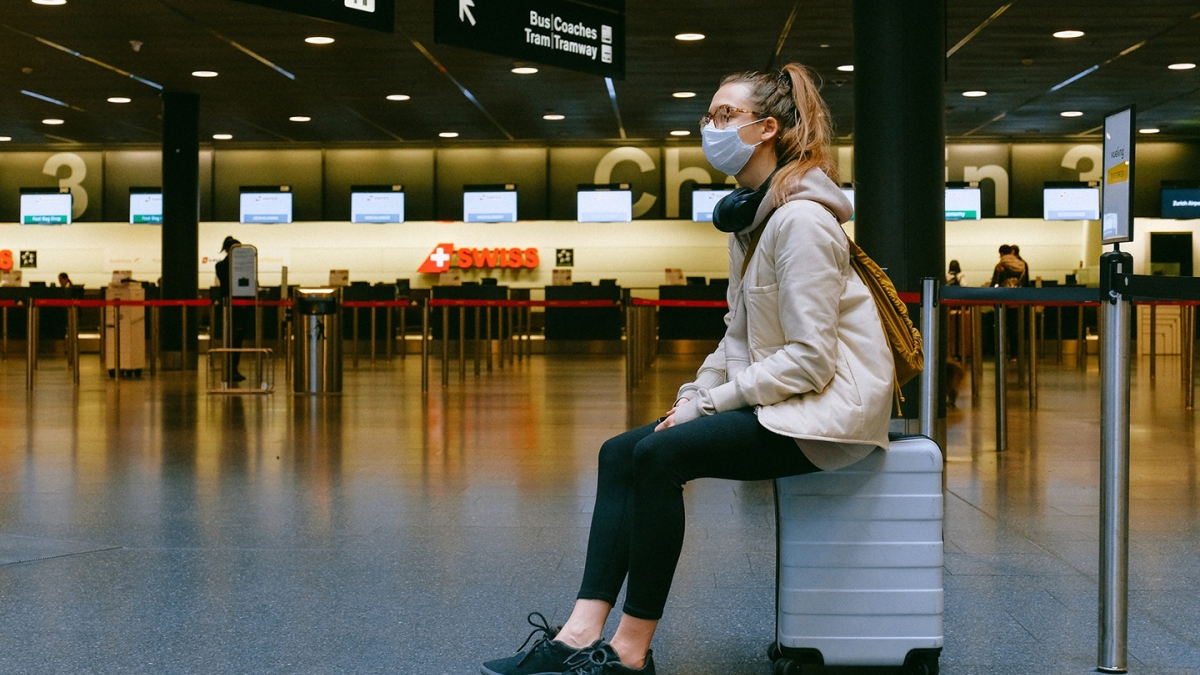The Centers for Disease Control originally identified COVID-19’s first arrival in the United States as Jan. 20, 2020, with the first related death occurring on Feb. 29. But on April 29 last year, California reported its first COVID-19-related death had actually occurred three weeks earlier, on Feb. 6, calling the entire timeline into question.
Using data from confirmed U.S. infections, Ying-Cheng Lai, an Arizona State University professor of electrical engineering and physics, and his international team of researchers have developed a predictive modeling tool that pinpoints COVID-19’s U.S. arrival, or “time zero,” as Jan. 6, 2020. The paper, “Optimal inference of the start of COVID-19,” presented in Physical Review Research this week, also identifies Dec. 28, 2019, as the earliest date of the virus’s arrival in Europe.
The timing discrepancy dramatically affected both the ability to identify the rapidity of COVID-19’s spread and the effectiveness of mitigation measures, according to Lai.
“The unknown, extended span of spread prior to the enactment of social distancing and masking guidance contributed to the perception that mitigation measures were not effective, when in fact, the measurement timeline was faulty,” Lai said.
“Knowing the precise arrival date, in combination with identification of symptomatic individuals in the early stage of disease spread, provides many mitigation advantages we did not have,” Lai continued. “First, it helps to determine the preliminary range necessary for contact tracing and second, it enables an assessment of how the virus is spread.”
The prediction tool also offers insight into intrastate and international transmission pathways, which will allow local, state and national health departments to establish guidelines to reduce spread in a timely fashion.
The predictive modeling framework in this research represents a contribution to mathematical and computational epidemiology that goes beyond the existing models and offers a comprehensive paradigm that applies not only to COVID-19, but also to future pandemics.
The analytic model can be adapted to track future contagious disease infections and, even with limited data, it is capable of yielding an estimate of time zero and generating possible epidemic trajectories, predicting most likely epidemic scenarios.
Concurrently, the tool enables an accurate assessment of the enacted infectious disease testing and surveillance capabilities and yields a comprehensive evaluation of the effects of government-imposed measures to control the disease.
“This gives those charged with limiting disease escalation the time and insight to develop and put mitigation strategies in place,” Lai said. “It also projects the optimal time for reopening — minimizing the economic and social impact of disease management.”
Lai and his team are currently adapting the tool to track the spread of coronavirus mutations.
Additional investigators on the research include Zheng-Meng Zhai, Yong-Shang Long, Ming Tang and Zonghua Liu of East China Normal University. Among them, professors Tang and Liu worked with Lai as visiting and postdoctoral researchers at Arizona State University.
The research at Arizona State University was supported by the Vannevar Bush Faculty Fellowship program sponsored by the Basic Research Office of the Assistant Secretary of Defense for Research and Engineering and funded by the Office of Naval Research. The collaborators in China were supported by the National Natural Science Foundation of China, the Natural Science Foundation of Shanghai and the Technology Commission of Shanghai Municipality.
Top photo by Anna Shvets via Pexels.
More Science and technology

Will this antibiotic work? ASU scientists develop rapid bacterial tests
Bacteria multiply at an astonishing rate, sometimes doubling in number in under four minutes. Imagine a doctor faced with a patient showing severe signs of infection. As they sift through test…

ASU researcher part of team discovering ways to fight drug-resistant bacteria
A new study published in the Science Advances journal featuring Arizona State University researchers has found vulnerabilities in certain strains of bacteria that are antibiotic resistant, just…

ASU student researchers get early, hands-on experience in engineering research
Using computer science to aid endangered species reintroduction, enhance software engineering education and improve semiconductor material performance are just some of the ways Arizona State…
